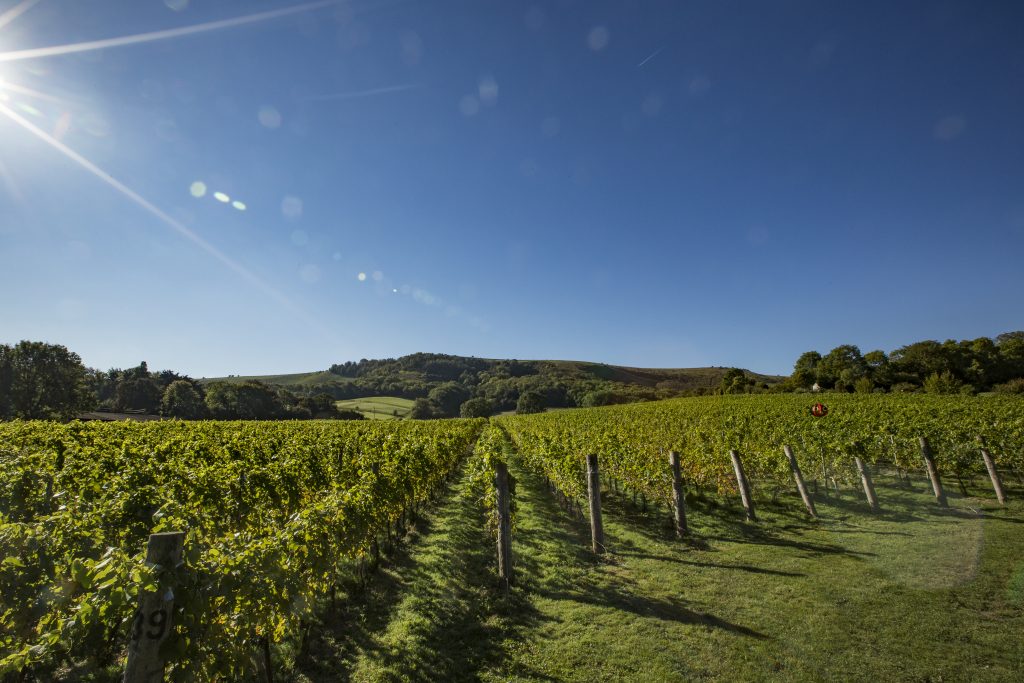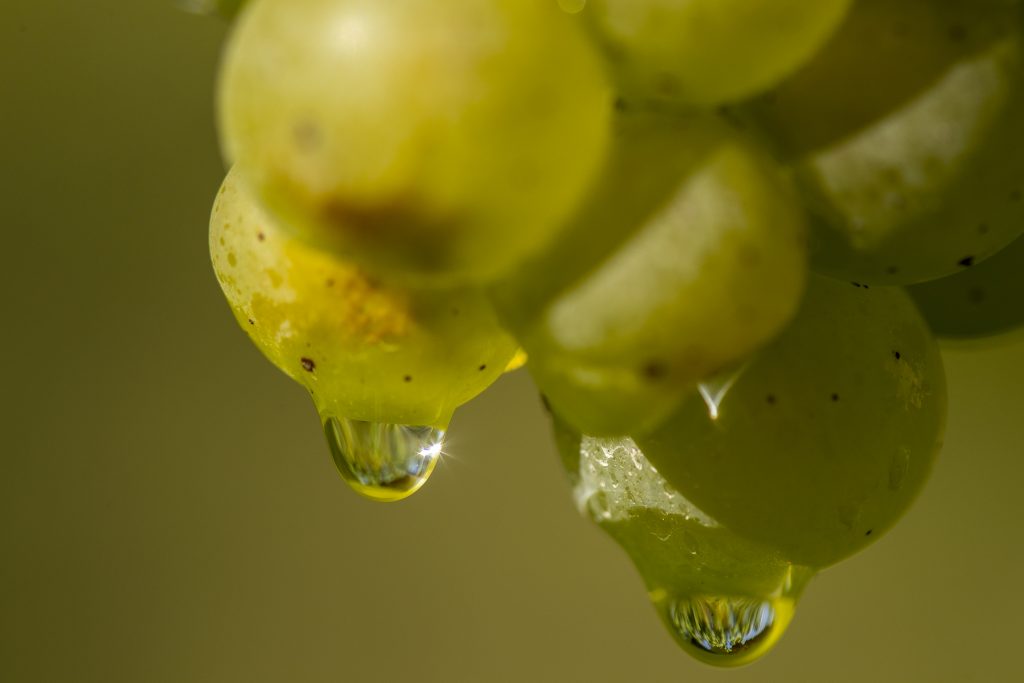Overview: A Promising Season for English Winegrowers
After years of unpredictable growing conditions, 2025 is shaping up to be one of the most promising vintages yet for English and Welsh vineyards. A hot, dry summer brought record sunshine hours, leading to early ripening and strong fruit development, particularly for Pinot Noir, Chardonnay, and Bacchus.
Growers across Sussex, Kent, and Hampshire have already finished harvesting, with reports of excellent sugar levels, balanced acidity, and concentrated flavours.

What Made 2025 So Special?
According to data from the Met Office and reports in Decanter, 2025 recorded the warmest British summer since 2018, averaging over 16 °C from June through August.
- Consistent warmth and sunlight allowed even ripening across most grape varieties.
- Dry weather reduced disease pressure, particularly powdery mildew and botrytis.
- Early harvest windows gave winemakers flexibility to pick at optimal maturity.
Winemakers from Gusbourne, Nyetimber, Hattingley Valley, and Chapel Down have expressed cautious optimism, noting that this could be a benchmark year for both sparkling and still wines.
Challenges Beneath the Sunshine
Despite widespread optimism, English wine producers acknowledge that 2025 hasn’t been entirely smooth sailing. The hot, dry weather that boosted ripening also introduced a few key challenges, both in the vineyard and the winery.
One major concern has been weather volatility in late September and early October. While most regions enjoyed clear skies for much of the season, bursts of heavy rain have occasionally threatened to dilute flavours or encourage rot. Many vineyards have responded by picking selectively, using canopy management and faster processing to protect fruit quality.
Another issue is the compressed harvest window. Because so many vineyards reached full ripeness at once, wineries have faced logistical bottlenecks – from limited pressing capacity to shortages of skilled pickers. Some producers have staggered their harvests or invested in additional equipment to ease the pressure.
Warm conditions have also accelerated sugar accumulation, creating a need for careful acid management. In sparkling wine production especially, maintaining freshness and balance is critical. Winemakers have had to make precise decisions on picking dates, and some may rely on blending or gentle acid adjustments to achieve their desired style.
Beyond the vineyard, economic and labour pressures continue to challenge the industry. Rising energy costs, inflation, and the availability of seasonal workers have made each harvest more expensive to bring in. As a result, many producers are focusing on premium positioning, direct-to-consumer sales, and storytelling to maintain healthy margins.
In short, while the 2025 vintage carries huge promise, it also reflects the growing pains of a rapidly maturing industry learning to thrive under both climatic extremes and market realities.

Final Thoughts
2025 is shaping up as a defining year for English wine, potentially delivering bottles that will be remembered for their brightness, balance, and precision.
Whether it becomes another “classic” vintage will depend on careful harvest decisions and winemaking restraint, but one thing is clear: the UK wine scene is stronger, smarter, and sunnier than ever.




